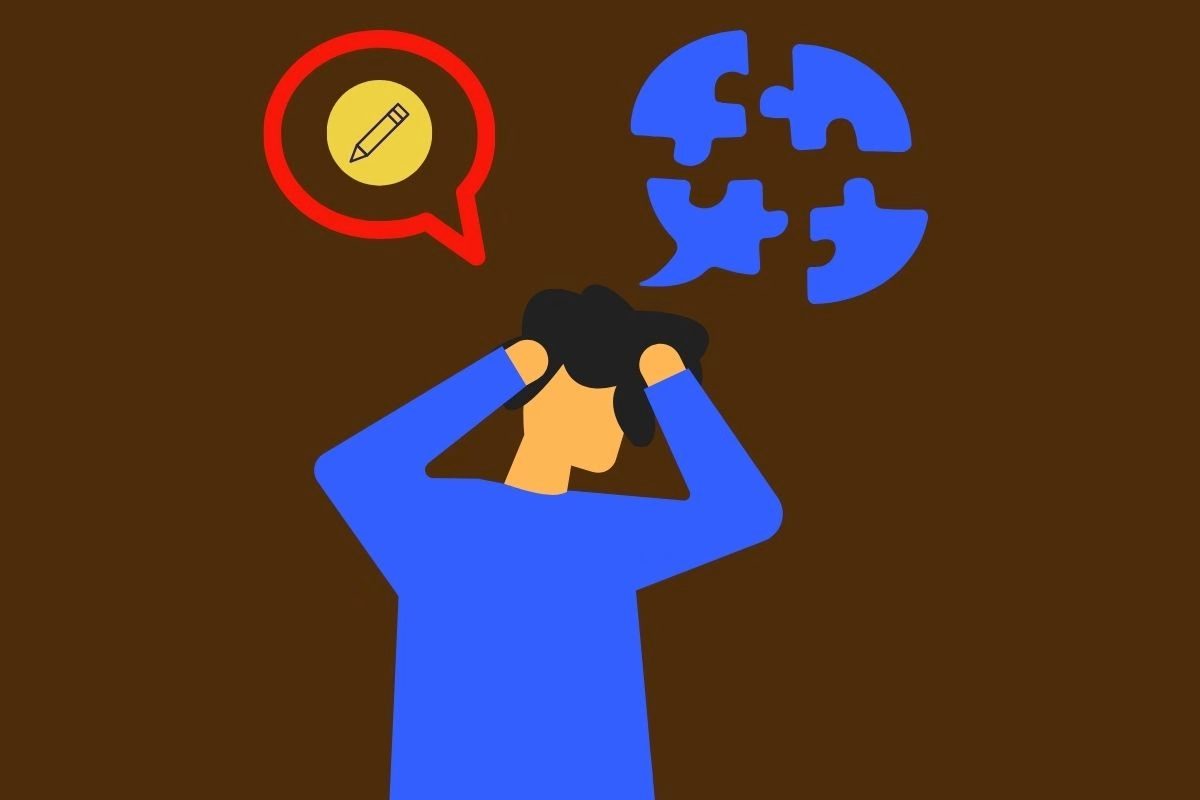Category: WH’s Ans

Why You Should Write an eBook Today and Start Earning by Tomorrow
This guide enthusiastically promotes self-publishing ebooks as a lucrative and accessible method for sharing expertise,…

How Solar Power is Transforming the Way We Think About Green Living
This article comprehensively examines solar power’s impact on sustainable living. It defines solar power, detailing…

How Can AI Predict and Prevent Future Climate Disasters?
The article explores how artificial intelligence (AI) is being used to predict and prevent climate…

How Does Zero-Waste Fashion Impact the Economic Aspects of the Fashion Industry?
The article examines the economic impact of zero-waste fashion on the fashion industry. It highlights…

How Does 3D Food Printing Enhance the Nutritional Value of Meals?
This article explores how 3D food printing enhances nutritional value by creating personalized meals tailored…

What Are the Top Functional Foods That Can Boost the Immune System?
This article explores functional foods and their role in boosting the immune system. It defines…

How is the Fashion Industry Addressing Water Scarcity Through Technology?
This article examines the fashion industry’s significant water consumption and its contribution to global water…

Why Is Sustainable Fashion Tech Key to Reducing Waste?
This article explores sustainable fashion technology’s crucial role in mitigating the fashion industry’s significant waste…

How Does Climate Change Contribute to Wildfire Outbreaks?
This article comprehensively explores the escalating global wildfire crisis, emphasizing the crucial role of climate…

How Can Processed Foods Be Part of a Sustainable Food System?
This article examines the complex relationship between processed foods and sustainable food systems. It categorizes…

How Can Developing Countries Benefit from Global Food Supply Chains?
The text explores the multifaceted impact of global food supply chains on developing countries. It…

How to Start a Blog Without Losing Your Mind
This guide offers a comprehensive walkthrough on how to start and manage a blog successfully.…

How Does Processed Food Influence Long-Term Health Outcomes?
This article comprehensively examines the effects of processed foods on long-term health. It categorizes processed…

How Will AI and Automation Reshape the Future of Work?
This article examines the profound impact of artificial intelligence (AI) and automation on the future…

